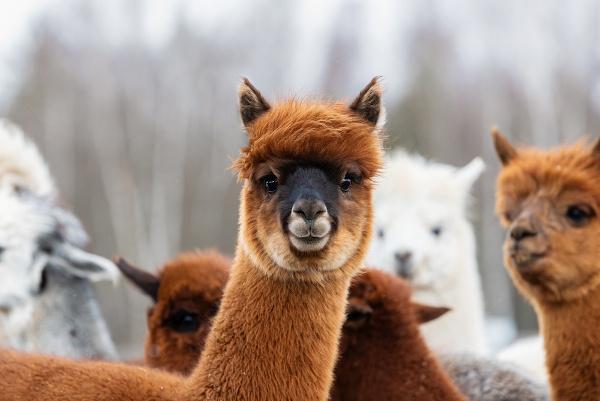amino acids they are molecules organic compounds that make up proteins. Only 20 amino acids are known, which are responsible for the formation of thousands of different proteins. Some amino acids are produced by the body, while others are not synthesized by our body and need to be present in our diet. Amino acids that are not produced by the body are called essential.
Read too: Ribosomes — small structures found inside cells that are involved in making proteins
Summary on amino acids
Amino acids are subunits of proteins.
20 amino acids are used by living beings for the formation of different existing proteins.
They can be compared to the letters of the alphabet because, when combined, they form different proteins, just as the letters form different words.
They can be classified into essential and non-essential.
While non-essentials are produced by the body, essentials must be obtained from the diet.
The essential amino acids are: histidine, isoleucine, leucine, lysine, methionine, phenylalanine, threonine, tryptophan and valine.
What are amino acids?
amino acids are organic molecules that make up proteins. All amino acids have in common the fact that they have a carboxylic acid group and an amino group, which are attached to the same carbon atom, which is called carbon α. The side chains attached to the α-carbon are responsible for the chemical variability of these molecules. Amino acids bind to each other through peptide bonds.
There are 20 different types of amino acids, which are used to make thousands of proteins in existence. It may be difficult to imagine how only 20 amino acids form all proteins, however, to make this statement easier to understand, we must imagine each amino acid as a letter of the alphabet. Just as we use letters to form countless words, amino acids combine to form all proteins, which can contain several hundred amino acids.
See the name of the 20 existing amino acids:
Glycine
Alanine
Valine
leucine
Isoleucine
Methionine
phenylalanine
Tryptophan
proline
serine
threonine
cysteine
tyrosine
Asparagine
glutamine
aspartic acid
glutamic acid
lysine
arginine
histidine
Essential and non-essential amino acids
Amino acids can be classified into two groups: essential amino acids and non-essential amino acids. You non-essential amino acids are those that can be synthesized by the body. already the essential amino acids are those that are not synthesized in our organism, and must be obtained through food. The essential amino acids are histidine, isoleucine, leucine, lysine, methionine, phenylalanine, threonine, tryptophan and valine.

Some foods provide all the essential amino acids we need, this being the case with meat, eggs and milk and their derivatives. Most foods of plant origin do not have all the essential amino acids, however, knowing the foods well and combining them in a Properly, it is possible to provide our body with all the essential amino acids through a plant-based diet. A dish that can adequately provide the amino acids we need is the famous rice and beans.
Read too: Tips for healthy eating
Amino acids and proteins
Amino acids are the subunits that form the so-called proteins. Each protein is therefore a long chain of amino acids, which are connected by peptide bonds. One protein differs from another by the order in which the amino acids are found.
Proteins perform different functions in our body, being fundamental for our survival. There are, for example, defense proteins, which help protect against disease; enzyme proteins, which act by accelerating chemical reactions; transport proteins, which help transport substances; hormonal proteins, which act in the coordination of some activities of the organism; It is motor proteins, related, for example, to muscle contraction.
Video class on proteins


